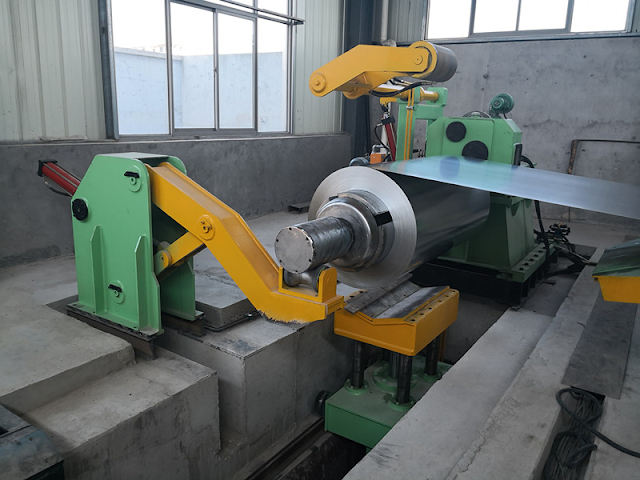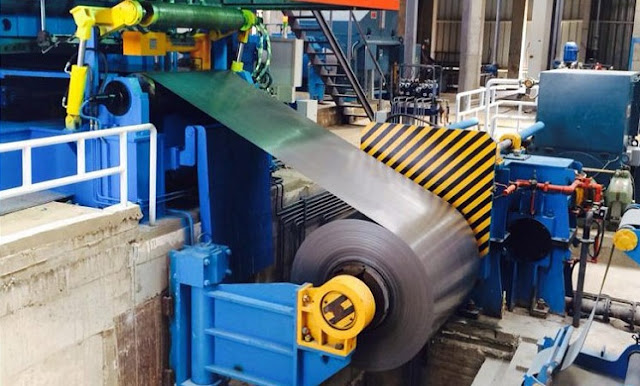What Should Be Paid Attention to After the Cold Rolling Mill is Finished?
In general, when the cold rolling mill completes the work task, we also need to shut down according to the specified operation requirements. It is not only necessary to carry out the closing treatment in a certain order, but also need to carry out aftermath treatment to prepare for the next work. So, for users, what should be paid attention to when the cold rolling mill is finished?
First of all, when the task is finished, we need to shut down the equipment first. However, at the time of shutdown, there are sequence requirements. We need to shut down the cold rolling mill in turn according to the requirements, starting from the high-pressure system, followed by the low-pressure system, oil smoke exhaust system, rolling oil system, and DC drive system. In this process, it should also be noted that the filtering work also needs to be stopped.
We know that when we use the cold rolling mill to roll metal, there will be a great force in the process of processing, so after a long time of use, there may be some deformation. To solve this problem, let's see how the experts answer it.
To answer this question, we need to consider its structure and design. In order to ensure the performance of the cold rolling mill, we need to fully consider this problem when we design, so it involves its rigidity coefficient.
In order to ensure that the rigidity coefficient meets the requirements of use, we also need to analyze the main characteristics of the cold rolling mill in operation. Considering the important role of supporting roller, we know that the working load of the roller bearing is relatively large and it will constantly change during the working period, so the friction coefficient of the bearing must be small enough, with sufficient strength and rigidity. Therefore, a suitable roller bearing should be selected.
In addition to the above work, after the cold rolling mill is shut down, we need to clean up the working environment and place the remaining materials in the specified position, which is also ready for the next production work.
Please contact stella@hanrm.com for a quotation.
And free send inquiry to us.
Email: stella@hanrm.com stellarollingmill@gmail.com
Whatsapp/Wechat:+8615877652925
More News You May Interesting:
Sendzimir Mill Features
New Process Sendzimir Roll Features
Sendzimir Mill Roll Maintenance
Finishing Rolling Mill Process Explanation
Reasons and Solutions for the Piling of Wire Rod Rolling
Characteristics and Quality of Wire Rod
Morgan Wire Rod Mill
Why does the Steel Bar Bend after being Cut by Flying Shear?
Headless Welding Rolling Process
Bar Rolling Mills Water Cooling Technology
How to Improve the Thermal Efficiency of the Reheating Furnaces?
Causes of Surface Cracks in High-Speed Wire Rod Rolling Mill
What is Slit Rolling?
Failure Analysis of Cold Mill Roll
Causes and Solution of Steel Piling-up in High-speed Wire Rod Rolling Mills?
Bar Automatic Counting System
Rolling Mill Pass Design





















